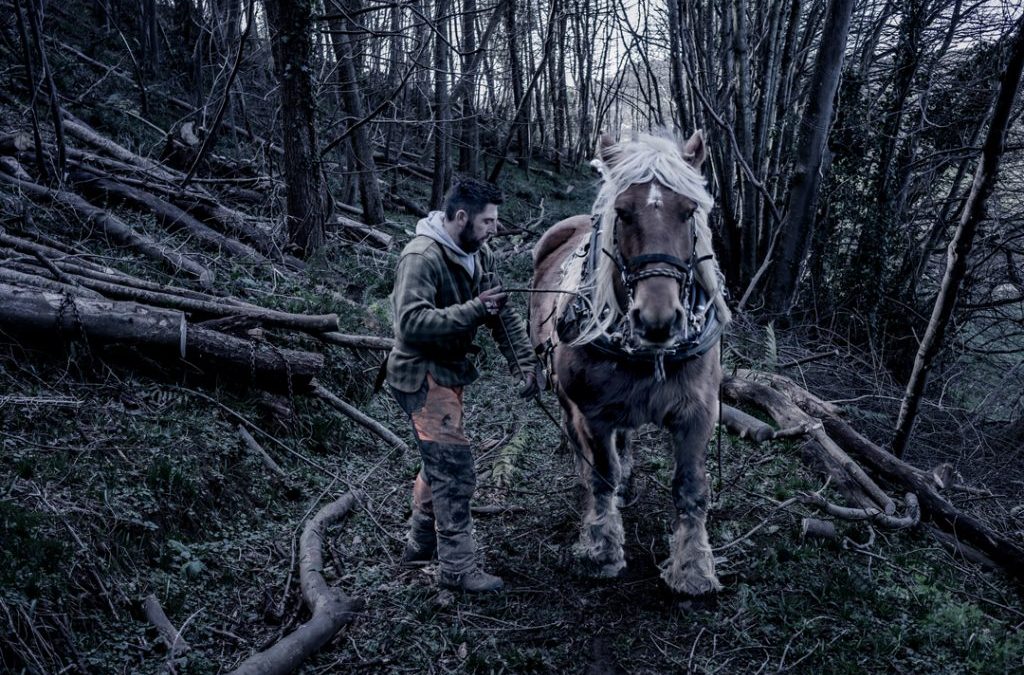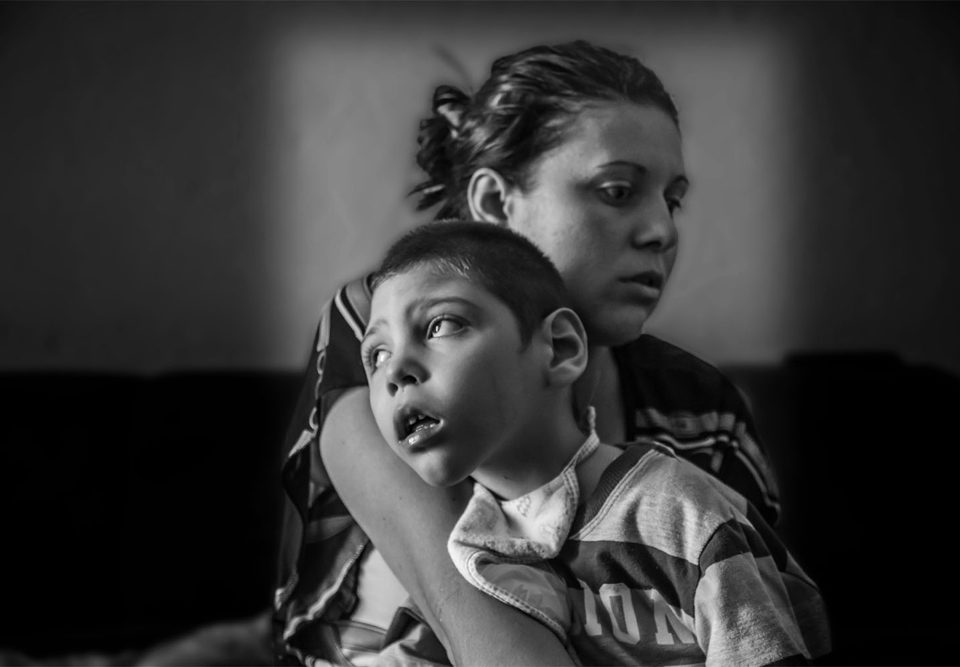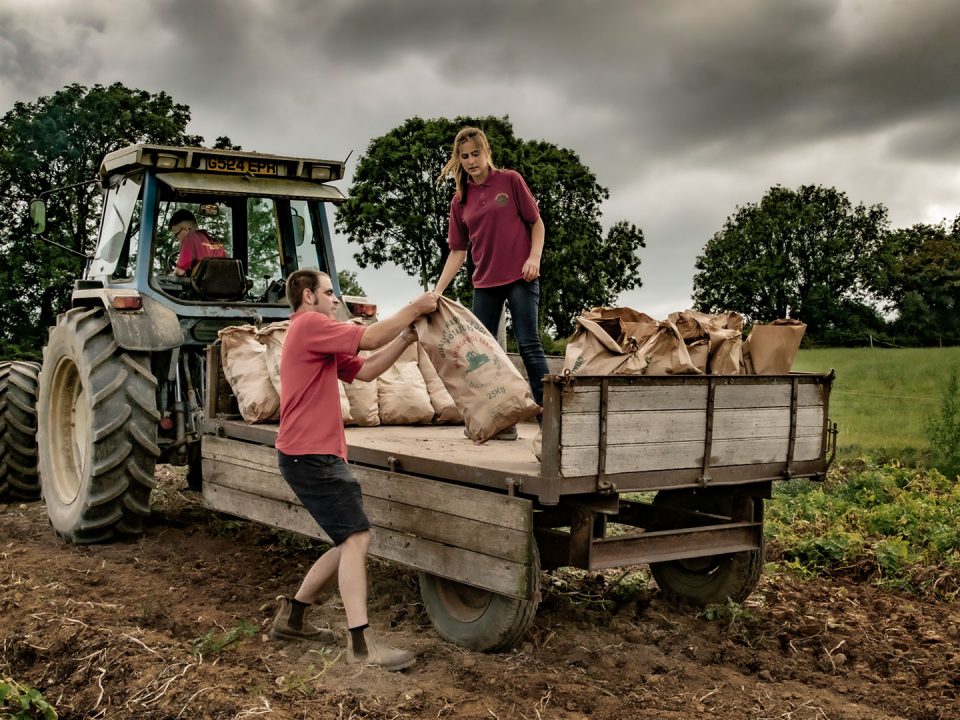THIS GOOD EARTH, our 90 minute documentary is about soil and global warming, landscape, species extinction, farming, food, diets and disease. The film is helping people to grasp the ways in which all the above are interrelated through the long food chain, encouraging people to fall or re-fall in love with this beautiful planet, and revealing ways to change the world around them.
HM: ”I’m 15 and it was only watching the movie that I realised how food negatively affects our society and climate. If kids my age knew about the affects they would find ways to make changes.”
Shane Holland, Executive Chairman Slow Food UK :
“An exquisitely shot film, which is both an urgent message and love letter to the world we wish to see.
Watch The Good Earth, and then watch it again”
We hope that audiences bruised by elections, Covid, austerity, a loss of faith in politics and in democracy, concerned by global warming and the fate of their loved ones and of course harrowed by the pandemic, are finding the film illuminating, entertaining, and a balm for their the souls in difficult times.
Tom Monro, Head of the Dorset Area of Outstanding Natural Beauty: “This film is great – beautiful and thought-provoking.”Professor Tim Lang, Britain’s outstanding expert on food security: “Exquisite lyricism and sharp.”
We never dreamt the film would gain the accolades and support we have from professors, scientists, medical professionals and from the wider audience.
B.J a private viewer: “I was gripped by the scope of the director’s vision on this huge topic. I loved the captions, the faces, the voices and the text. All bound together so beautifully; and the look as well, the elegiac landscapes and the working of the land and the vision of what horizon gives birth to.”
On the film’s website https://this-good-earth.com you can find more information and see the trailer for the 90 minute documentary. We send you a private URL to view the complete film. We can provide photographs, texts, press releases and short issue-related-films for your use.
The Soil Association, The AONB, The Post Carbon Institute, The Transition Network and The Slow Food Movement/ Terra Madre, amongst numerous other organizations, are helping us spread the word.
Professors Tim Lang, Jules Pretty and Erik Millstone participants in the film, have given resounding approval. Rob Hopkins, founder of Transition Network, author of From What Is To What If, has written a supportive review.
Richard Harvey – Human Rights Lawyer wrote:
“I love it…the sheer beauty of the film and its clear and carefully crafted mixture of personal experiences with expert science is exceptionally powerful. It’s informative, triggering all kinds of associations in my mind”
The film has recently been invited to 3 festivals and I have been invited to speak about issues arising from the film’s stories by the Royal Society of Arts, West Country Bylines, the Ashoka oeganization, Screen Bites, Carbon Zero Dorset and others.
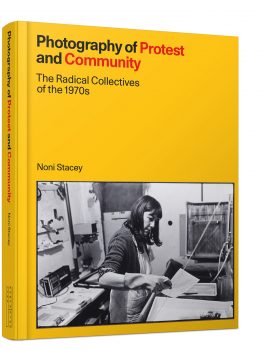
A Review by Robert Golden of
PHOTOGRAPHY OF PROTEST AND COMMUNITY
writer: Dr Noni Stacey publisher: Lund Humphries
Following is a review of a fascinating book, published late last year, but only now have I had a chance to release this review of it. The writer, Noni, interviewed me in some depth for my modest contribution to it, which is a detailed revelation of a specific moment in English photographic development.
This is an inspiring history of competing ideologies, egos, dreams and many well-meant, generous endeavours of a small group of people in London’s East End (and later in north London) during the 1970’s. It tells how they were beginning to recognise the influence photography as a medium could have whilst revealing the voices and lives of under-represented people. This included evolving immigrant communities and the position of working class women in society. Tossing around new and threatening sets of ideas to challenge deeply held prejudices, the photographers and others in various groups also questioned the ways women were conventionally represented in the dominant ruling class media.
There were preoccupying question about the validity of middleclass photographers representing working class lives. Various photographers wished to be fair but also to take part in documenting what they saw as necessity. Once a photographer has established a theme, as for instance social justice, they need to decide what in the world they could access as fitting subject matter. Dr Stacey does an excellent job in unthreading these often-combative positions, leading the reader through the maze with great clarity of thought.
Although the book is about photographers and photography, it also provides valuable insights into the turmoil of ideas, interests, messy politics, failed economics and the disintegration, in the 1970’s, of the unwritten post war social contract. Re-witnessing that period through Dr Stacey’s eyes, when England was called the ‘Old Man of Europe’, brings into sharp focus the heartfelt struggle of those groups, as confused and as flawed as they may have been.
From today’s changed world – with the neoliberal imposition of globalization, their destruction of the industrial working classes in Britain and the US, and the atomization of classes into individuals, those who usually write our history have forgotten these events amongst many past moments of high idealism and on-the-ground realism rising out of the working class.
In that period I was working as a photojournalist, but distanced from the community groups in the East End. I believe that the tone of the struggles encompassed not only a ladle full of ideological fundamentalism but also good intentions, kindness and an embrace of foreigners, children and women in the struggles to gain equality for all. It seemed to me that many of those humane aspects were attributable to the participation of working class women, and in particular, to Jo Spence.
As a history of raw and turbulent times, the book is outstanding. From a participating observer’s point of view, I think an addendum could include how the political struggles gave rise to creative struggles and how the nature of photography was profoundly changed within those clashing social forces. For instance, for some practitioners, Concerned Photography was distinct from Committed Photography, a state in which photographers admit to the subjectivity of the images they produce, but also how they struggle to create new and deeper truths. This is the arena in which the documentarist becomes less a mirror and more a prism.
For me, there are and still are questions about the photographic quality of their imagery. To my eyes they often seemed oblivious to the meaning and nature of light or composition in storytelling. There seems to have been inattention to the relationship between narrative (the story) and form (the look of the image), and a disregard for the differing functions of series, sequences and stories.
Perhaps this strays away from Dr Stacey’s intentions, which is fair enough, as this book is a non-liturgical canticle, clearly illuminating a rare and rich moment in working class history. It is a ‘must read’ for anyone who wishes to understand how they East End working class cultural melting pot was so rich with ideas and so affecting on the medium of photography.
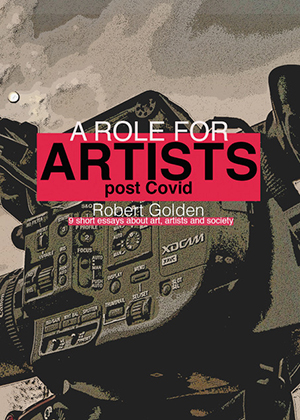
Why do many artists not gain entry
through the guarded doors of galleries, museums, theatres,
film studios, and to awards, financial support,
fame and fortune?
Why do so few artists have a voice in the broad social life
of their community’s cultural affairs?
Why do many audiences prefer banal entertainment
to poetic and profound works?
To answer these questions ask,
‘what besets you at the roots of your being,
and how, amongst those roots,
the concept of the world and yourself
has been stunted by the dominant power structures
and overly sexualised and infantilized culture,
causing many to sink into uncritical thinking,
wage slavery and a state of unfreedom
of the imagination, if not all of one’s life.’
These essays are recommended for artists of all interests and students.
These essays consider the above questions.
now available from this website here
